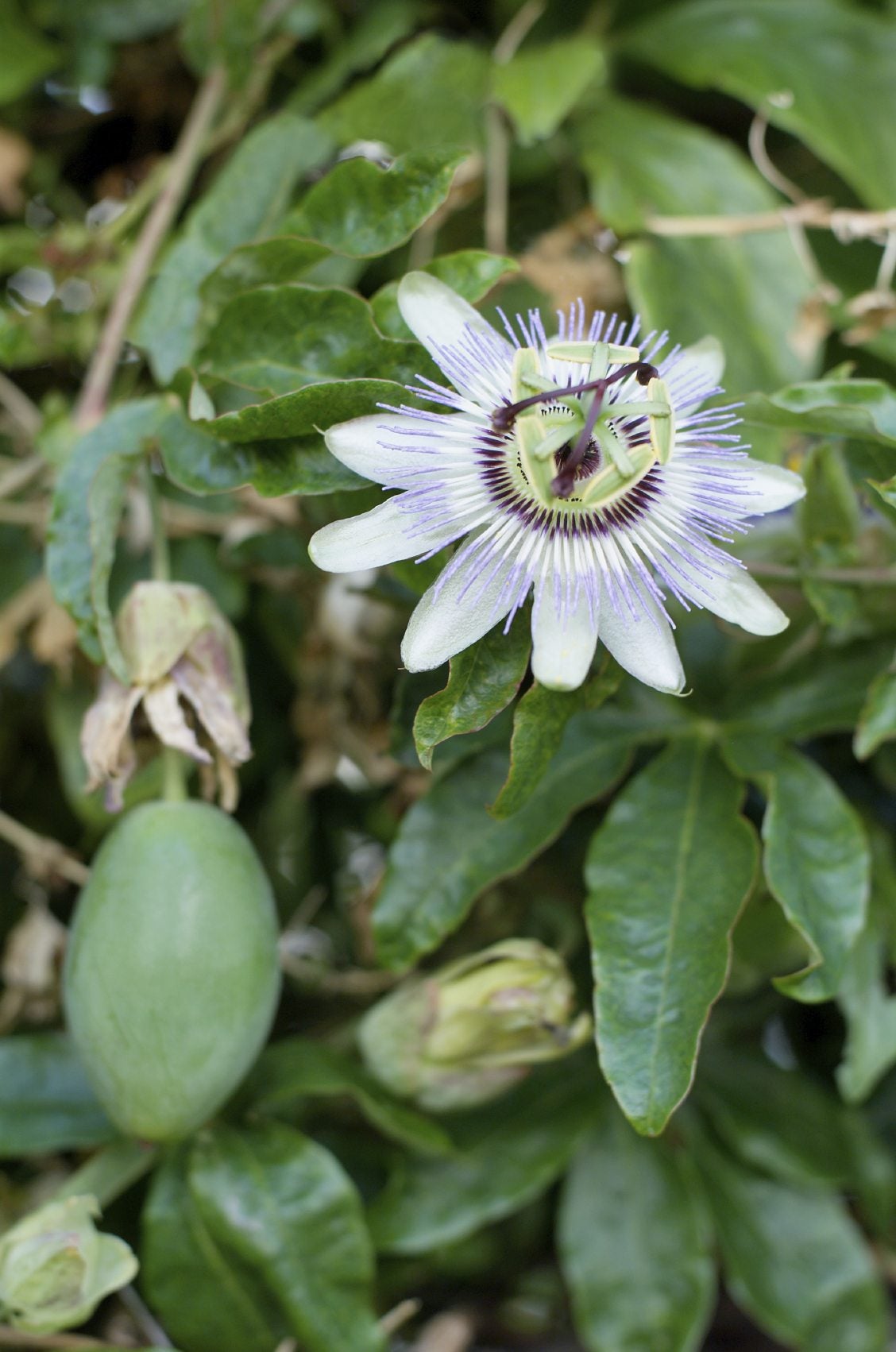Passion Fruit Is Rotting: Why Does Passion Fruit Rot On Plant


Passion fruit (Passiflora edulis) is a South American native that grows in tropical and subtropical climates. Purple and white blooms appear on the passion fruit vine in warm weather, followed by tangy, fragrant fruit that ripens primarily in summer and fall. Passion fruit turns from green to dark purple as it ripens, then falls on the ground, where it is gathered. Although the vine is relatively easy to grow, it is prone to a number of problems, including rotten passion fruit. Read on to learn about passionflower fruit rot and why your passion fruit is rotting.
Why Does Passion Fruit Rot?
Passion fruit is affected by several diseases, many of which can cause passionflower fruit rot. Diseases that cause rotten passion fruit are often the result of weather – primarily humidity, rain, and high temperatures. Although passion fruit requires ample water, excessive irrigation can cause disease. Avoiding diseases that cause passionflower fruit rot involves several steps, including careful pruning to increase ventilation, thinning to prevent overcrowding, and repeated application of fungicide, especially during warm, rainy weather. Prune passion vine only when the foliage is dry. The most common reasons for rotting passionflower fruit come from the following issues:
- Anthracnose is one of the most common and destructive passion fruit diseases. Anthracnose is prevalent during hot, rainy weather and results in leaf and twig wilt and leaf loss. It can also cause rotten passion fruit, recognized initially by oily-looking spots. The spots have a corklike surface and may display dark lesions and a slimy orange mass that becomes soft and sunken as the fruit continues to rot.
- Scab (also known as Cladosporium rot) affects immature tissue of branch leaves, buds, and small fruit, which displays small, dark, sunken spots. Scab becomes more prominent on larger fruit, turning brown and corklike in appearance as the disease progresses. Scab generally affects only the outer covering; the fruit is still edible.
- Brown spot – There are several species of brown spot disease, but the most common are Aternaria passiforae or Alternaria alternata. Brown spot causes sunken, reddish-brown spots that appear when the fruit is mature or halfway mature.
Sign up for the Gardening Know How newsletter today and receive a free copy of our e-book "How to Grow Delicious Tomatoes".

A Credentialed Garden Writer, Mary H. Dyer was with Gardening Know How in the very beginning, publishing articles as early as 2007.